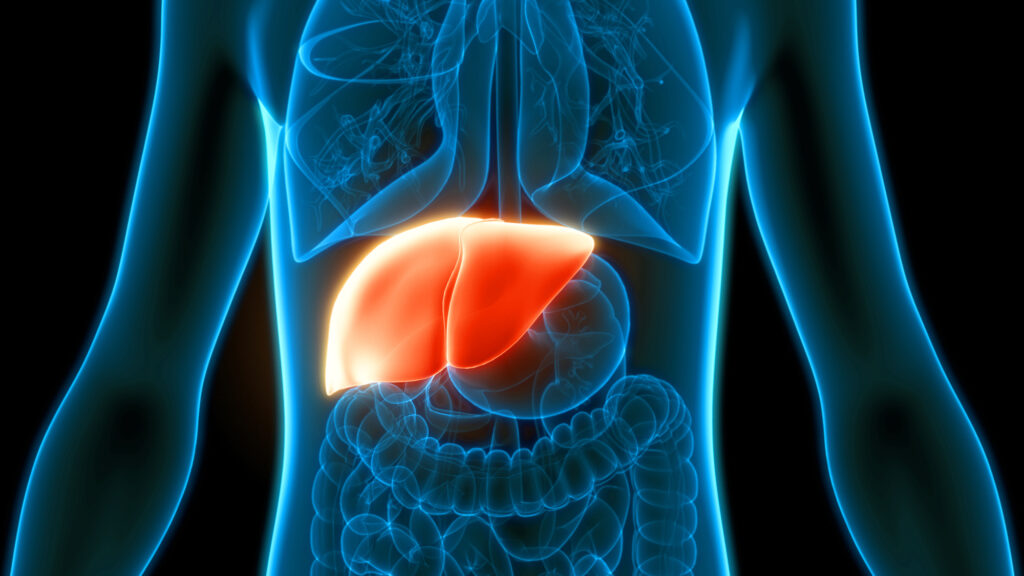As the name makes clear, non-alcoholic fatty liver disease (NAFLD) is a condition wherein excess fat builds up in the liver. While not caused by excessive drinking, it mimics many of the liver issues experienced by alcoholics. About 24 percent of Americans suffer from NAFLD, which is more common in people who suffer from obesity and other obesity-related conditions, such as type-2 diabetes. In fact, scientists estimate that 90 percent of severely obese people have NAFLD.
NAFLD can lead to complications such as cirrhosis and liver cancer. People with NAFLD also have a higher risk for serious health problems including heart disease, high blood pressure, and diabetes. Current treatments include losing weight, lowering cholesterol, managing diabetes, and avoiding alcohol. People with severe cases may also need to avoid taking over-the-counter drugs as much as possible.
And now, scientists from Japan’s Osaka Metropolitan University have discovered a promising new dietary intervention for NAFLD—a traditional Japanese diet.
The Study
The study, published in February in the journal Nutrients, used a scoring system known as the 12-component modified Japanese Diet Index (mJDI12), which measures a person’s eating habits against 12 foods and food groups that comprise a traditional Japanese diet: rice, miso soup, pickles, soy products, green and yellow vegetables, fruits, seafood, mushrooms, seaweed, green tea, coffee, and beef and pork. Scores range from 1 to 12, with higher scores indicating a diet that conforms more closely to a Japanese eating pattern.
Researchers analyzed the relationship between mJDI12 scores, muscle mass, and liver fibrosis progression in 136 patients with NAFLD. Their results showed that patients with a higher mJDI12 showed a lower degree of liver fibrosis progression. And the results went further to show that specific components of the Japanese diet appeared to provide more protective effects.
“In this study, we reveal that a daily diet following the Japanese diet pattern was significantly associated with a lower risk of advanced fibrosis in patients with NAFLD,” wrote the researchers in their conclusion. “Among the Japanese diet components, a higher intake of soybeans and soybean foods, fish and shellfish, and seaweeds was associated with a lower risk of advanced fibrosis. To the best of our knowledge, this is the first report to reveal that the Japanese diet pattern is associated with the severity of liver fibrosis in patients with NAFLD.”
Conclusions
The study also found a correlation between intake of soy products and muscle mass, and a corresponding link between muscle mass and lower fibrosis risk. “We showed that soybeans and soybean food intake was associated with a lower risk of liver fibrosis and greater skeletal muscle mass,” the researchers wrote.
In all, the study opened up several new avenues for investigation, and the researchers hope that future studies can help develop more specific interventions. “This study indicates that the Japanese diet pattern may be effective as a dietary treatment for NAFLD patients,” said Professor Yoshinari Matsumoto, one of the study’s authors. “We hope that further intervention studies will lead to the establishment of an effective diet for those patients.”






